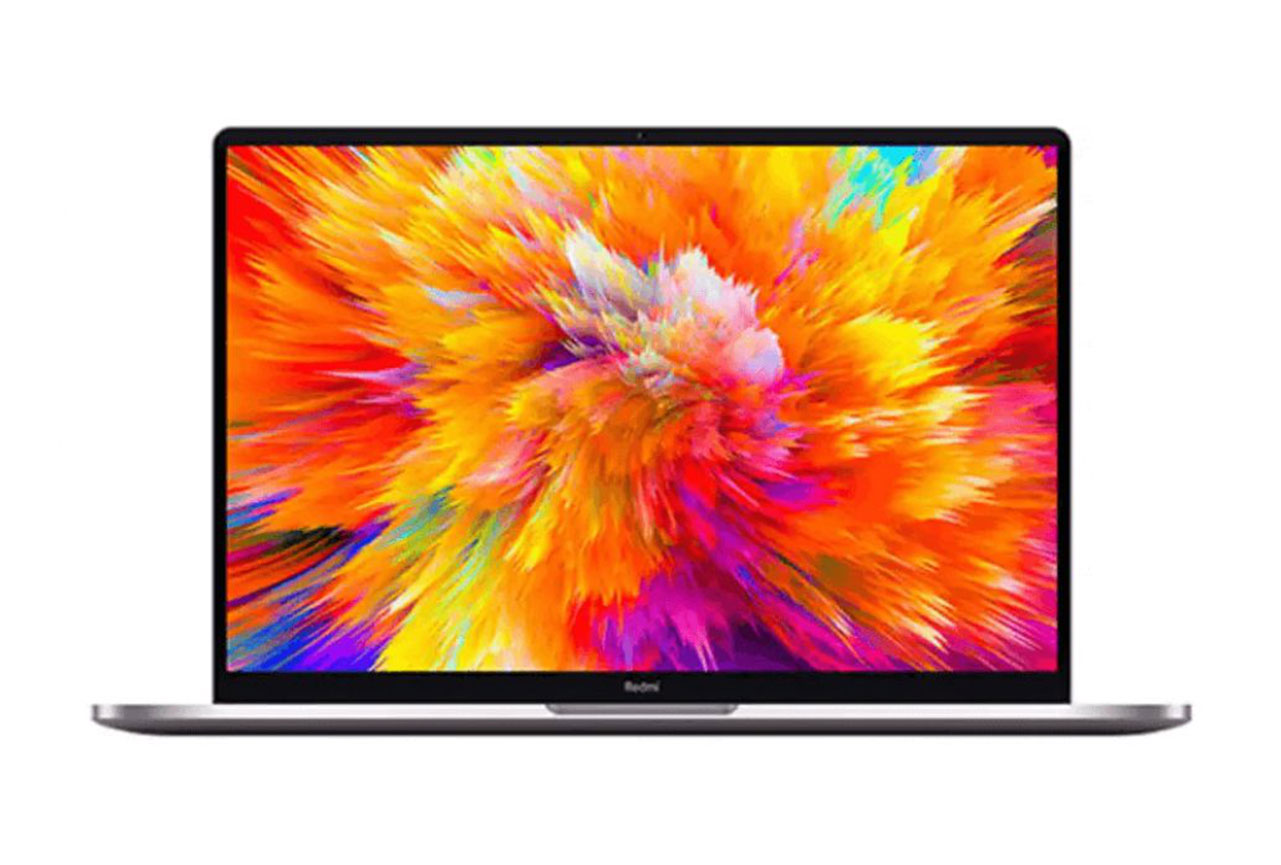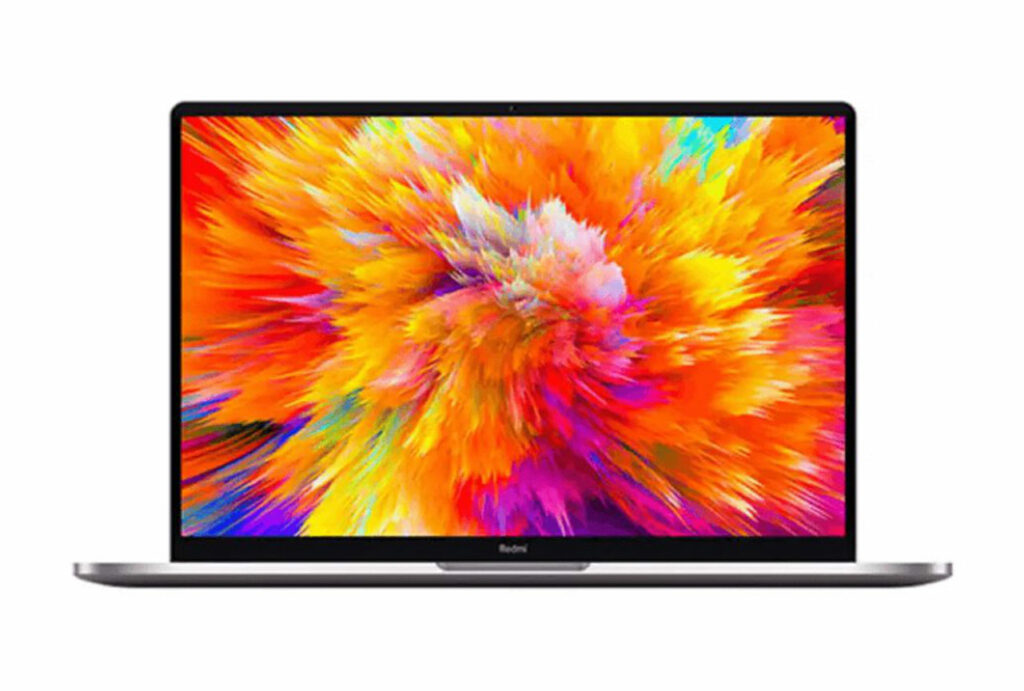We put the Xiaomi RedmiBook Pro 15 2022 Ryzen Edition through our rigorous DXOMARK Laptop test suite to measure its performance both at sound, camera and display.
In this review, we will break down how it fared in a variety of tests and several common use cases.
Overview
Key specifications include (as given by the manufacturer):
- Physical specs : 350.1 x 242.3 x 14.9mm, 1.8kg
- Display : 15.6″ IPS, 3200×2000, 400 nits, 100% sRGB, deltaE>1.5, DC dimming, 90Hz, TUV blue light
- Audio : 2*2W Speakers, Sound System: DTS Audio Processing
- Webcam : 720p
Scoring
Use-case and feature subscores included in the calculations of the global score
 Xiaomi RedmiBook Pro 15 2022 Ryzen Edition
Xiaomi RedmiBook Pro 15 2022 Ryzen Edition

52
camera
48
Apple MacBook Pro 14" (M3 Pro, 2023)
Best: Apple MacBook Pro 14" (M3 Pro, 2023) (93)
20
Lenovo ThinkPad X9 Aura
Best: Lenovo ThinkPad X9 Aura (56)
48
Apple MacBook Pro 14" (M3 Pro, 2023)
Best: Apple MacBook Pro 14" (M3 Pro, 2023) (76)
46
Apple MacBook Pro 14" (M2 Pro, 2023)
Best: Apple MacBook Pro 14" (M2 Pro, 2023) (83)

127
display
65
Apple MacBook Pro 14" (M3 Pro, 2023)
Best: Apple MacBook Pro 14" (M3 Pro, 2023) (84)
45
Apple MacBook Pro 14" (M3 Pro, 2023)
Best: Apple MacBook Pro 14" (M3 Pro, 2023) (95)
79
Honor MagicBook View 14 (2022)
Best: Honor MagicBook View 14 (2022) (84)

127
audio
126
Apple MacBook Pro 14" (M2 Pro, 2023)
Best: Apple MacBook Pro 14" (M2 Pro, 2023) (149)
115
Acer Swift Go 14
Best: Acer Swift Go 14 (133)
139
Asus Zenbook 14X OLED (2023)
Best: Asus Zenbook 14X OLED (2023) (153)
Pros
- Voice capture with a natural tonal balance for voices as well as good clarity
- Effective background noise reduction, resulting in intelligible voices in all situations
- Very good SDR performance, with accurate color, good overall contrast and faithful tones
Cons
- Low face exposure in all conditions, especially in backlit scenes
- Capture directivity not appropriate for video calls
- No HDR-capable display
- Limited maximum volume
Even at a much lower price point than its competitors, the RedmiBook Pro found its way into the middle of the overall rankings. While its video call score was below average, its multimedia audio playback and display performance matched those of more expensive devices.
Test summary
About DXOMARK Laptop tests: For scoring and analysis in our laptop reviews, DXOMARK engineers perform a variety of objective tests and undertake more than 20 hours of perceptual evaluations under controlled lab conditions and real-life scenarios.
(For more details about the Laptop protocol, click here.)
The following section gathers key elements of our exhaustive tests and analyses performed in DXOMARK laboratories. Detailed performance evaluations under the form of reports are available upon request. Do not hesitate to contact us.
Xiaomi RedmiBook Pro 15 2022 Ryzen Edition overall & use-cases scores
Video Call
111
Xiaomi RedmiBook Pro 15 2022 Ryzen Edition
144
Apple MacBook Pro 14" (M2 Pro, 2023)
Apple MacBook Pro 14" (M2 Pro, 2023)
About DXOMARK Laptop tests
DXOMARK's Video call use case is a score that evaluates how a device handles video calls and videoconferencing in multiple conditions. This score focuses on the camera performance and the capture and playback rendering of voices. Read more about how we test the use cases of Video call score here.
The Xiaomi laptop’s camera performance was underwhelming. Face exposure was low in all tested conditions, especially in backlit scenes. Noise was high on flat and textured surfaces, and overall contrast was low.
Audio capture timbre was good, with natural tonal balance and good clarity for voices, but directivity was poor, with side voices barely unattenuated, and balance was off-center. Noise reduction was good and the device handled duplex situations well. In playback, voices sounded thin and far away.
Camera
52
Xiaomi RedmiBook Pro 15 2022 Ryzen Edition
135
Apple MacBook Pro 14" (M3 Pro, 2023)
Apple MacBook Pro 14" (M3 Pro, 2023)
The following chart presents the camera subscores for the video call use case:
Camera texture acutance on Deadleaves with illuminance levels
This graph shows the evolution of texture acutance with the level of lux measured on a Deadleaves chart.
The following graphs show the objective measurements performed in our camera labs:
Camera visual noise evolution with illuminance levels
This graph shows the evolution of spatial visual noise with the level of lux. Spatial visual noise is measured on the visual noise chart in the video noise setup. DXOMARK visual noise measurement is derived from ISO15739 standard.
Target exposure on face with illuminance levels
These measurements take place on a setup combining realistic mannequins and a backlit panel simulating high dynamic range conditions. This graph shows the evolution of lightness measured on the forehead of the realistic mannequin with the level of lux, for multiple lighting conditions. The lightness is measured in L*. Delta EV specifies the difference of luminance in stops between the face and the light panel simulating HDR conditions.
Target exposure on face with illuminance levels in HDR conditions
These measurements take place on a setup combining realistic mannequins and a backlit panel simulating high dynamic range conditions. This graph shows the evolution of lightness measured on the forehead of the realistic mannequin with the level of lux, for multiple lighting conditions. The lightness is measured in L*. Delta EV specifies the difference of luminance in stops between the face and the light panel simulating HDR conditions.
Target exposure on face with illuminance levels in HDR conditions
These measurements take place on a setup combining realistic mannequins and a backlit panel simulating high dynamic range conditions. This graph shows the evolution of lightness measured on the forehead of the realistic mannequin with the level of lux, for multiple lighting conditions. The lightness is measured in L*. Delta EV specifies the difference of luminance in stops between the face and the light panel simulating HDR conditions.
Audio
131
Xiaomi RedmiBook Pro 15 2022 Ryzen Edition
144
Apple MacBook Pro 14" (M2 Pro, 2023)
Apple MacBook Pro 14" (M2 Pro, 2023)
The following chart presents the capture subscores for the video call use case:
Audio capture scores comparison
The following graphs show the frequency response, distortion and directivity in capture, recorded in our semi-anechoic room:
Audio capture frequency response
A 1/12 octave frequency response graph, which measures the volume of each frequency captured by the laptop when recording an objective test signal at 1 meter in an anechoic environment.
Audio capture Total Harmonic Distortion + Noise
This graph shows the Total Harmonic Distortion and Noise over the hearable frequency range. It represents the distortion and noise of the device capturing our test signal.
Audio capture directivity
Directivity graph of the laptop microphone(s) when capturing test signals using the camera app. It represents the acoustic energy (in dB) over the angle of incidence of the sound source (normalized to the angle 0°, in front of the device).
About DXOMARK Laptop tests
DXOMARK's Video and Music use case score evaluates the capability of a device to reproduce multimedia usages such as videos, movies and music playback in indoor conditions. This score focuses on the display performance and audio-playback rendering. Read more about how we test this use case here.
Display reflectance and readability on the RedmiBook Pro were average. Minimum brightness cannot be set low enough to use comfortably in low light. Despite slightly desaturated blues, the device’s handling of SDR content provided enjoyable overall contrast and faithful tones. Audio playback fell short, as tonal balance focused on the trebles and thus lacked bass and warmth. Maximum volume was lower than all other laptops tested to date; however, wideness was good.
The following chart presents the display subscores for the multimedia use case:
Display scores comparison
The following graphs show the objective measurements performed in our display lab:
Display gamut coverage for video contents
The primary colors are measured both in HDR10 and SDR. The extracted color gamut shows the extent of the color area that the device can render. To respect the artistic intent, the measured gamut should match the master color space of each video.
Display reflectance measurement (SCI)
Measurements above show the reflection of the device within the visible spectrum range (400 nm to 700 nm). It includes both diffuse and specular reflection.
Display reflectance profile
Display brightness uniformity
0.62
cd/m²
0.597
cd/m²
0.612
cd/m²
0.604
cd/m²
0.676
cd/m²
0.556
cd/m²
0.538
cd/m²
0.537
cd/m²
0.533
cd/m²
 Distribution of brightness (min)
Distribution of brightness (min)
418.8
cd/m²
389
cd/m²
389.8
cd/m²
407.2
cd/m²
436.8
cd/m²
368.4
cd/m²
377.2
cd/m²
378.4
cd/m²
365.7
cd/m²
 Distribution of brightness (max)
Distribution of brightness (max)
This illustration shows the brightness measured on nine zones of the display for minimum brightness (left) and maximum brightness (right) for SDR content.
Display SDR EOTF measurement
This graph represents the rendering of contrast (gray levels) for SDR video content, measured in the dark. We expect to be close to the 2.2 or 2.4 gamma references.
Display peak brightness for video contents
Display white point
This graph represents the color temperature of white content, compared with the reference (Daylight illuminant D65) measured in the dark on video at minimum and maximum brightness.
The following chart presents the playback for the multimedia use case:
Audio playback scores comparison
The following graphs show the frequency response, distortion and directivity in multimedia playback, recorded in our semi-anechoic room:
Audio playback frequency response
A 1/12 octave frequency response graph, which measures the volume of each frequency emitted by the laptop when playing a pure-sine wave in an anechoic environment.
Audio playback Total Harmonic Distortion + Noise



 Distribution of brightness (min)
Distribution of brightness (min)
 Distribution of brightness (max)
Distribution of brightness (max)





DXOMARK encourages its readers to share comments on the articles. To read or post comments, Disqus cookies are required. Change your Cookies Preferences and read more about our Comment Policy.